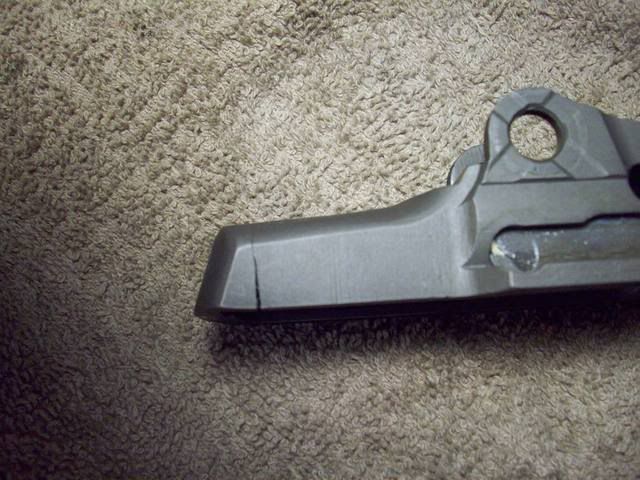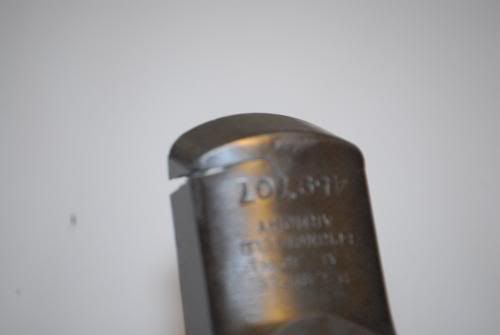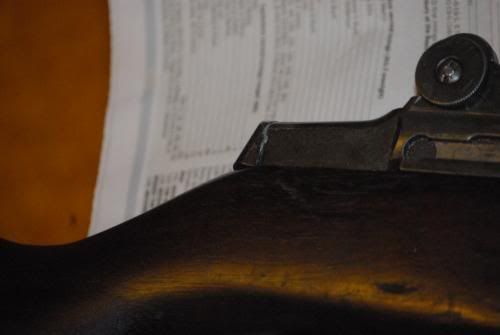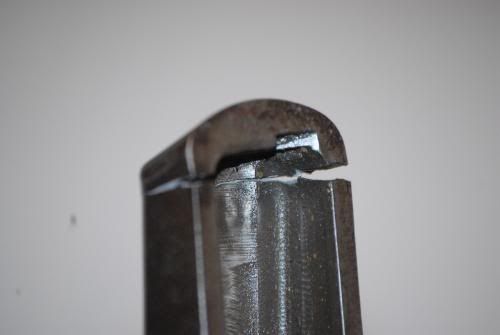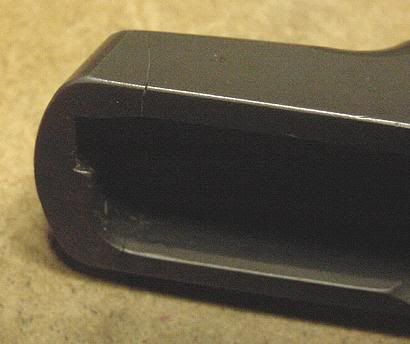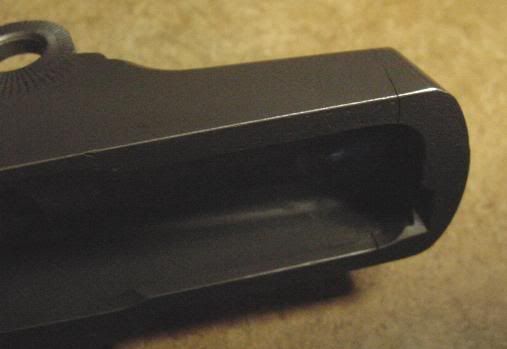I've always been taught that M1A/M14s should be fed lighter or lower charged loads due to wear on moving parts and specifically Op-Rods. I haven't heard much one way or the other on any other semi-autos, probably because FALs and such aren't generally used in the same way M-21 and such are.
What about AR-10s (and other .308 ARs). Does the design lend itself to handing more agressive loads any better than an M1A? Are there specific areas that are particularly vulnerable to abuse, like the M14's op-rod? It seems (to me) that at the very least, the upper receiver is a little better designed for absorbing the bolt's movement.
What about AR-10s (and other .308 ARs). Does the design lend itself to handing more agressive loads any better than an M1A? Are there specific areas that are particularly vulnerable to abuse, like the M14's op-rod? It seems (to me) that at the very least, the upper receiver is a little better designed for absorbing the bolt's movement.

